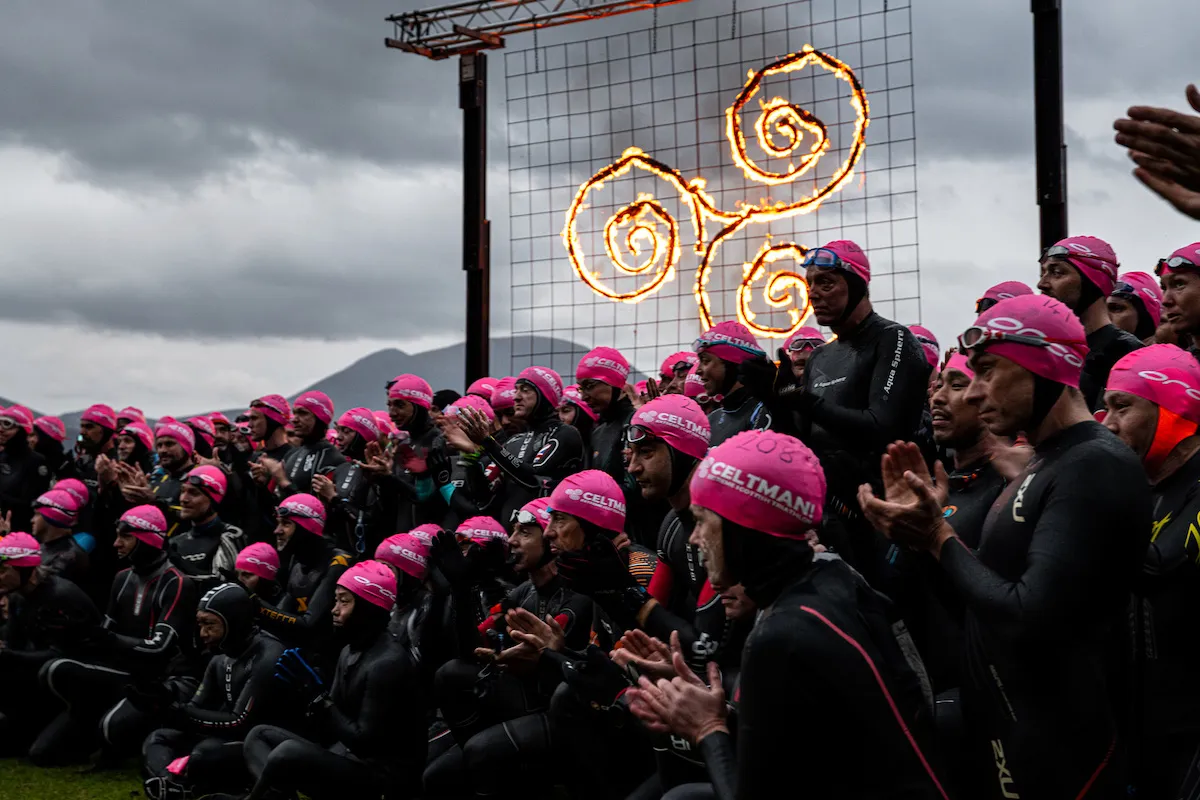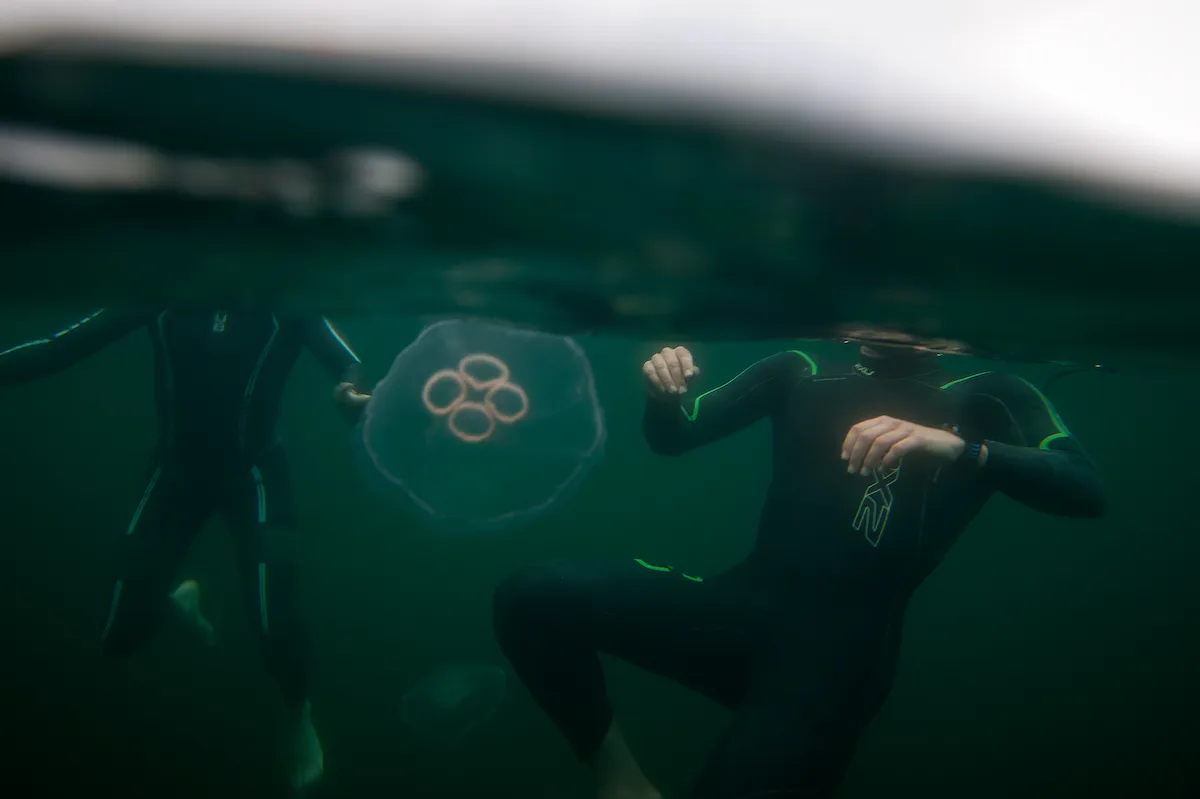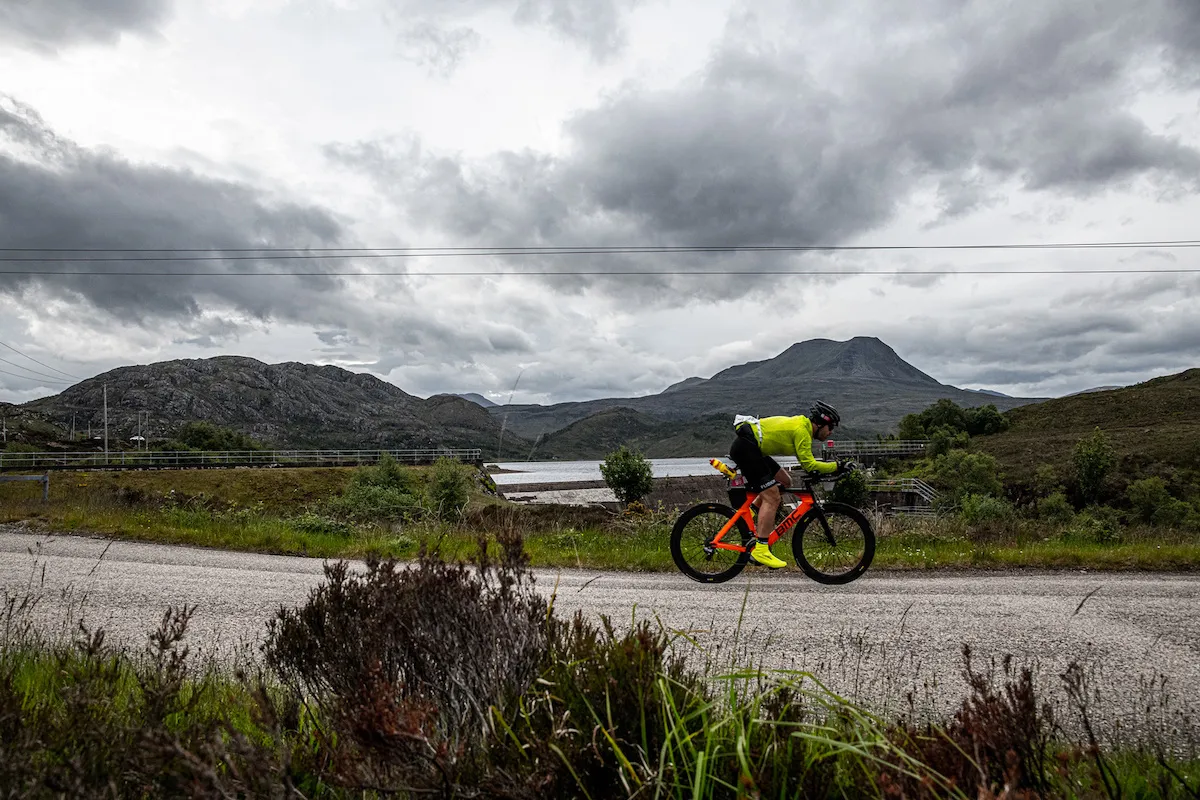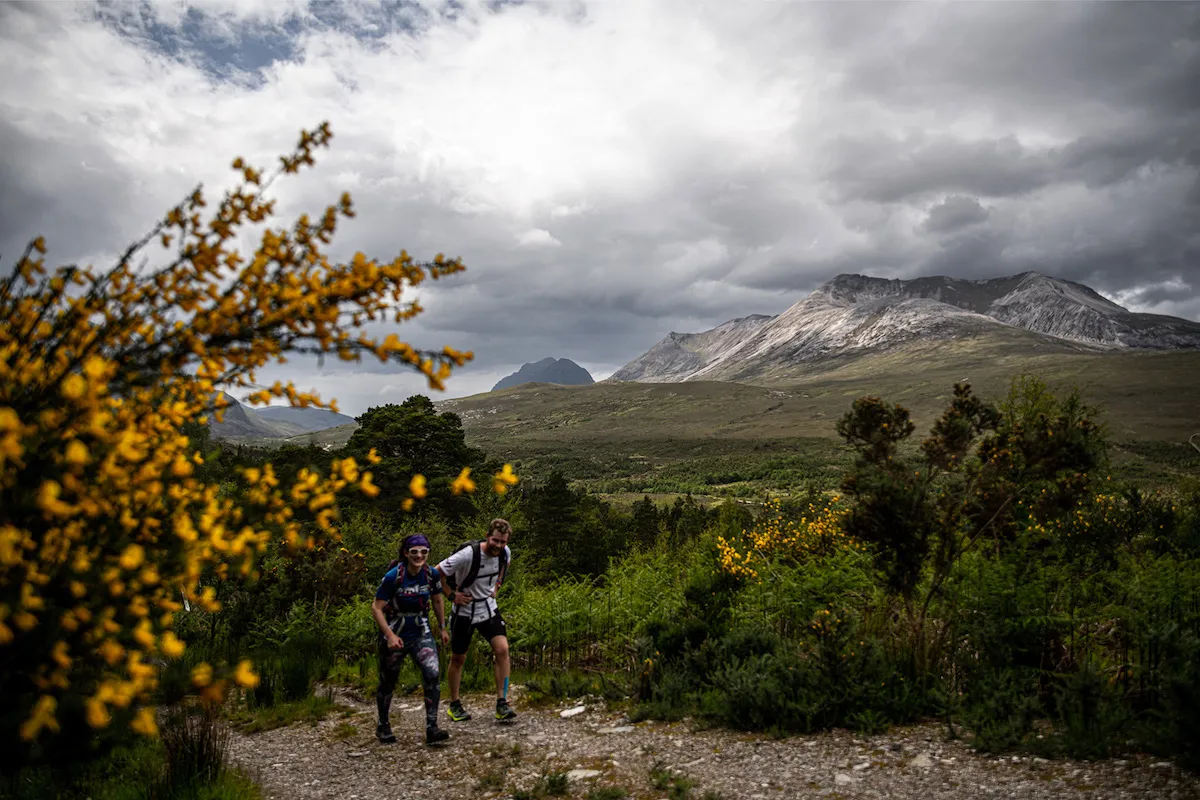One of Britain's best extreme triathlons, Celtman has long been a draw for triathletes looking to test themselves on a tough course.
Signed up, or thinking of doing so, and want some more detail on the race, plus training advice? Read on for our full guide.
When is Celtman?
The full-distance Celtman Extreme Triathlon takes place on Saturday 17 June.
Meanwhile, the Celtman Solo Point Five, which is the half-distance event, takes place the following week on Saturday 24 June.
Where does the race take place?

The events take place in Wester Ross, Scotland, based among the beautifully rugged Torridon mountains.
How long is the Celtman Extreme Triathlon?
The distances for the full-distance Celtman event are as follows:
- 3.4km swim
- 200km bike
- 42km run
If you're signed up to the Solo Point Five event, you have the following ahead of you:
- 2.26km swim
- 85km bike
- 21km run
What's the course like?

The point-to-point swim takes place in the cold, jellyfish-infected waters of Loch Shieldaig, with the reduced distance down to the low temperatures experienced.
Once onto the bike leg, you'll experience some of Scotland's finest scenery as you ride historic single-lane passes and wide open coastal roads. Given the exposed nature of the course, it's not uncommon to face strong headwinds in the latter stages of the leg, while there's 2,200m of elevation gain.
Perhaps unsurprisingly, the run is also tough and hilly, with 1,600m of elevation gain. Along the way, you'll reach the summit of two Munros (a mountain in Scotland over 914.4m) and, depending on your luck, will either have stunning views or atmospheric low cloud for company.
One thing worth noting is that there are strict cut-off times in play during the Celtman. If you don't make transition 2A within 11 hours, you won't be allowed to tackle the mountain route, but will instead have to tackle the White Course on the low-level route.
Those that complete the high-level route get a blue shirt on completion of the race, while those that go low get a white shirt.
For the half distance event, competitors tackle a single-lap swim from Shieldaig, followed by a bike leg that takes in the infamous Bealach Na Ba mountain pass and 2,045m of ascent.
A beautiful trail run along the White Course (in the opposite direction to that of the full-distance event) follows. Even though this is the 'low level route', you still have over 500m of ascent to tackle.
Top tips for racing Celtman
Before you start, a key difference between Celtman and other triathlons is you need your own support team to get you from the swim to the finish.
Getting them motivated and up to speed with your needs can be the difference between a great race and a disaster.
Ask yourself, when and what do you want nutritionally? What are your kit options in bad weather? When are they going to rest and eat? Communication is key.
The better briefed your team is in T1, the more relaxed you’ll feel getting the bus to the swim start.
The swim is normally 3km but notoriously cold, jellyfish-infested and potentially rough if the wind blows across the tide.
Have warm water ready to wash off the salt and move fast to heat up. It’s at this stage that you’re at the biggest risk of hypothermia.
Road or TT bike? Every year people ask this question, but once you’ve ridden the course, seen the miles of open rolling roads and felt the Westerly wind off the sea, you know aerodynamics is important here.

While 2,200m is a lot of climbing, when spread over the long 202km course, it’s hilly, but not mountainous.
There are very few turns but they can be key depending on the wind direction and strength. Think about which sections will be toughest and pace your effort accordingly.
On the run you ‘warm-up’ with a tough 18km of good surfaced twin and single track trails.
If you make the cut-off for the blue T-shirt you’re faced with a rough 3.5km hike at 25 %, then another 13km of rough, tough running, before hitting the tarmac.
If you don’t make the cut-off, an equally rough and tough low route lies ahead.
Here you can gain from a course recce and some specific training in the mountains.
If you’re a seasoned hill runner, a recce is still a good idea in the days before as there are timesaving lines that can be missed.
Training sessions

1. Have your team practise transitions and make a race plan for the bike, letting them know when, where and how to hand over nutrition.
2. Acclimatise to cold water. At first, you may only manage 10mins but if you can build up to doing race-pace work such as 3 x [5mins hard, 5mins easy] it’ll have a real performance benefit.
3. Incorporate over-gear hill reps at ~6 % grade. This can vastly improve efficiency and comfort when done aero.
4. Practise time-trial sessions on undulating courses, where you have to work hard, both up and downhill, and get used to staying aero both at high speed and while climbing.
5. Gradually build up runs with steeper gradients like 15-25%. Also incorporate hills in your bricks.
Top image credit: Alessandro Annunziata/NurPhoto via Getty Images